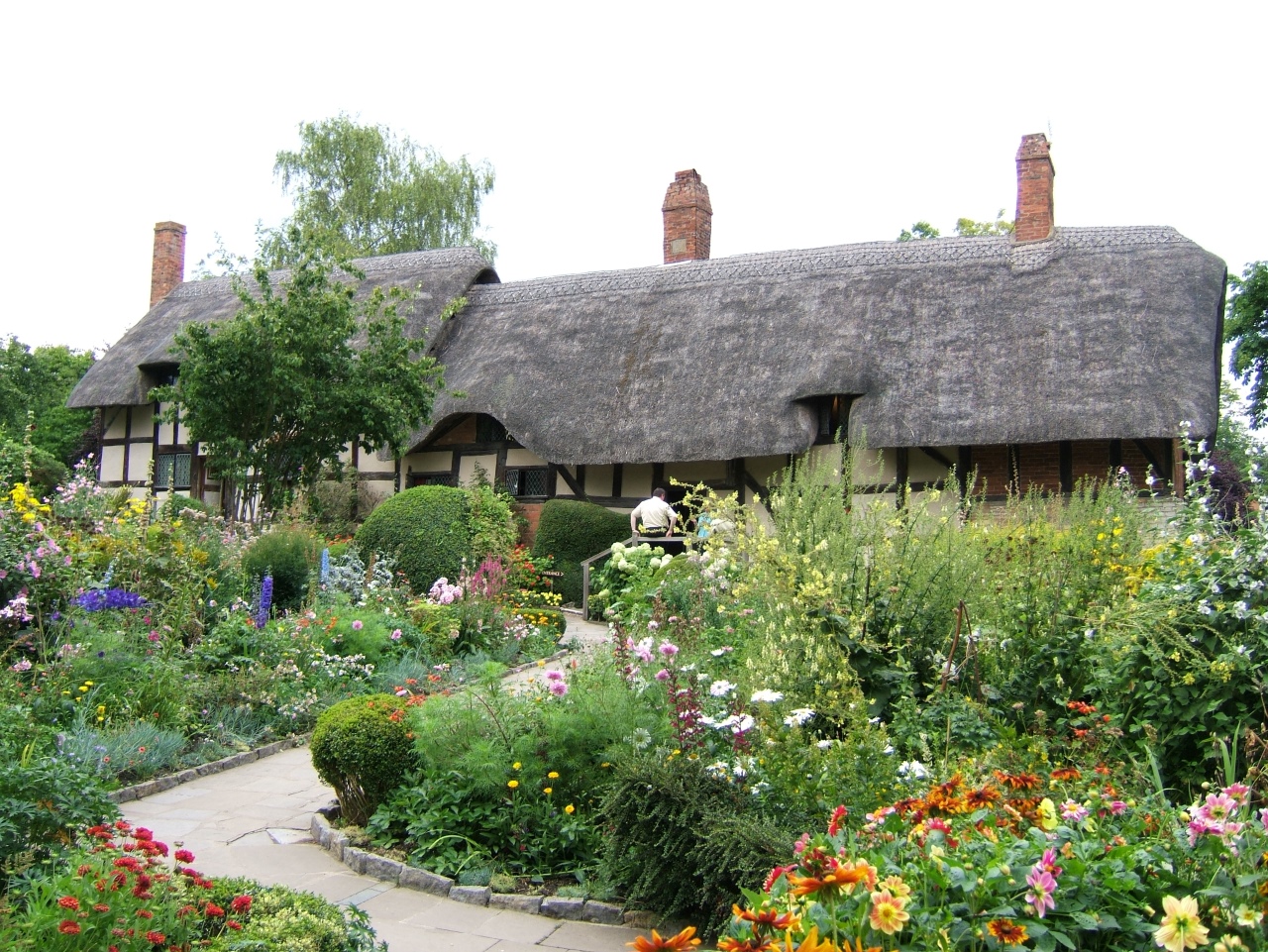Do you want to make the most of your small garden – these tips are here just to help and will allow you a flourishing area with ease.
Container Planting
The vast majority of vegetables can thrive in a container as long as they have enough space. You can use virtually anything for your plants - old window frames, worn-out bathtubs, tires - exercise your imagination! Just take the time to match up your containers with the plants that will grow in them. How much space are the roots going to need - in terms of both length and width? Do your research before making your final selections. Many of the better seed companies provide useful guidance on these matters right on their seed packets, but you can also rely on the internet to research the vegetables you want to grow. A properly-sized container can safely be placed anywhere it will get at least six hours of full sun; all you need to do at this point is water it regularly.
Get Vertical
A lot of crops respond well to training that encourages them to grow upwards. You can use wall lattices, free-standing trellises, and even simple poles to start growing a sky-scraping garden. Any support that's strong enough to support strings will serve for trained crops. You could also create a vertical garden by stacking up planter boxes. Keep vertical training in mind when you select your vegetables. Peas, beans, and even cucumbers can be made to climb with little effort. Ensuring your thatch cottage insurance will cover your garden area for mishaps is a wise move if you intend on utilising skyscraper gardening beside an older building.
Succession Planting
This is a great way to maximize the yield of your limited garden space. The process involves planting fresh seeds of the same type every few weeks. Done correctly, succession planting will deliver a rolling harvest for months at a time. Lettuces and other fast-growing leaf vegetables are perfect for succession planting thanks to their short growing times.
Companion Planting
Companion planting is a good practice in general, and it's especially important in smaller gardens. The basic idea is to team up two (or more) plants that benefit each other when they grow together. Companion plants might provide shade, control insects, or improve the quality of the soil. To return to the example of lettuce, the shade tolerance of this low-lying plant makes it a perfect companion for vegetables that grow taller. Many leafy plants behave similarly, and you might want to surround all of your tall plants with greens like spinach, parsley, endive, chard, and cabbage. Teaming up fast, early growers with your slower warm season crops is also a great idea. Radishes and peas, for instance, combine well with tomatoes and peppers.
Dwarf Varieties
Some plants have been specifically bred for compact planting. It's not too hard to track these strains down; you'll see them marked and labelled using terms like dwarf, baby, container, or patio. Think you don't have space available to grow fruit trees? Think again! You can easily find container-friendly dwarf trees to grow pears, peaches, apple, and all sorts of citrus.
